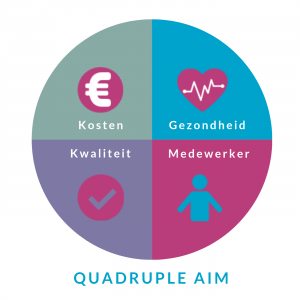

A data file containing 6973 responses was downloaded on 7 January 2022 for analysis.

Responses continued to be received through the end of 2021. Promotion of the online survey to pharmacists and pharmacy technicians was accomplished through social media, email, and online periodicals. Data were obtained from the 2021 APhA/NASPA National State-Based Pharmacy Workplace Survey, launched in the United States in April 2021. This study applied a human factors and ergonomics approach to describe community-based pharmacy personnel perspectives regarding how work environment characteristics affect the ability to perform the duties necessary for optimal patient care and how contributors to stress affect the ability to ensure patient safety. In the UK, the National Health Service has captured this with the notion of an engaged staff that ‘think and act in a positive way about the work they do, the people they … By joy, we refer to the feeling of success and fulfilment that results from meaningful work. By meaning, we refer to the sense of importance of daily work. This is not synonymous with happiness, rather that all members of the workforce have a sense of accomplishment and meaning in their contributions. The core of workforce engagement is the experience of joy and meaning in the work of healthcare. This ‘Quadruple Aim’ would add a fourth aim: improving the experience of providing care. We propose a modification of the Triple Aim to acknowledge the importance of physicians, nurses and all employees finding joy and meaning in their work. The backbone of any effective healthcare system is an engaged and productive workforce.2 But the Triple Aim does not explicitly acknowledge the critical role of the workforce in healthcare transformation. The successful achievement of the Triple Aim requires highly effective healthcare organisations. As a result, the Triple Aim, although originally conceived within the USA, has been adopted as a set of principles for health system reform within many organisations around the world. Health systems globally grapple with these challenges of improving the health of populations while simultaneously lowering healthcare costs. In 2008, Donald Berwick and colleagues provided a framework for the delivery of high value care in the USA, the Triple Aim, that is centred around three overarching goals: improving the individual experience of care improving the health of populations and reducing the per capita cost of healthcare.1 The intent is that the Triple Aim will guide the redesign of healthcare systems and the transition to population health.


 0 kommentar(er)
0 kommentar(er)
